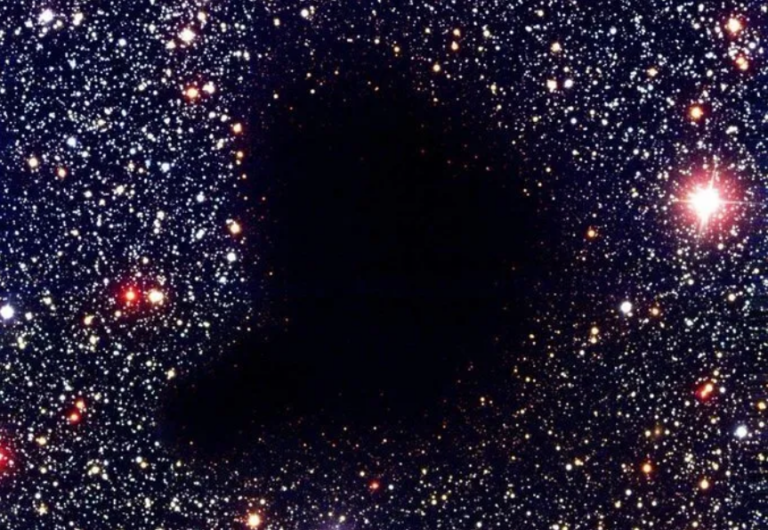The universe is… gigantic. Experts assign it a diameter (if we can speak in those parameters) of about 93 billion light years, and the truth is that it continues to expand. But the universe is also home to incredible superstructures, and disturbing voids. One of them is the so-called Boötes Void. With an estimated diameter of 250 million light years, the Boötes Void only holds about 60 galaxies, so from a practical point of view… it has nothing.
The Milky Way is far from alone. Andromeda is heading here at full speed, and it will take another 4.5 billion years to get there. The latest evolutionary models suggest that the Large Magellanic Cloud will find us much earlier, about 2.4 billion years. The Local Group has more than 50 galaxies, and the Laniakea supercluster defined in 2014 is home to some 100,000 galaxies. Of course, the universe contains other superclusters, but if there is something as impressive as them, it is the voids.
One of those that has passed through the media with some frequency is the so-called Boötes Void. Located near the constellation of Boötes (or the Boyero), anyone who decides to “locate” it will have to aim in right ascension of 14 hrs. 20 m., And a decline of 26 degrees. One of the first things that stands out about a vacuum is that it has a much more spherical shape than expected. Current available data give it a diameter of 250 million light-years, although other sources put that number at 330 million. After its discovery in 1981, scientists were only able to detect eight galaxies in its interior, but with a series of observations made using more powerful instruments, the total number of galaxies rose to 60.
Italy: Young immigrants commit nearly 1 out of every 2 crimes in their age group
A sphere of 250 million light years for 60 galaxies, when the average indicates that it should hold about ten thousand, and the Milky Way has 25 galaxies in its three million light-year neighborhood. Is it “the” emptiest place in the universe? We don’t know for sure because there is always something new to discover, but so far, the title belongs to him. The void is equivalent to 0.27 percent of the observable universe, so it is a dwarf compared to the rest of absolute creation, however, that does not take away from the disturbing.
Another comparison? Let’s see: If we placed the Milky Way in the center of the void, it would not have been possible for humanity to discover other galaxies until the 1960s. But that’s not all: The very formation of the void challenges the experts. Some believe that it breaks the Big Bang theory and the initial uniformity of the cosmos. Others, that it is a “bubble” of dark energy. And obviously, the alien factor could not be missing, with a Type III supercivilization on the Kardashev scale expanding through a vacuum, absorbing energy from nearby galaxies. Now what is the most likely?
Read more: Meson Stars
Ask me anything
Explore related questions





